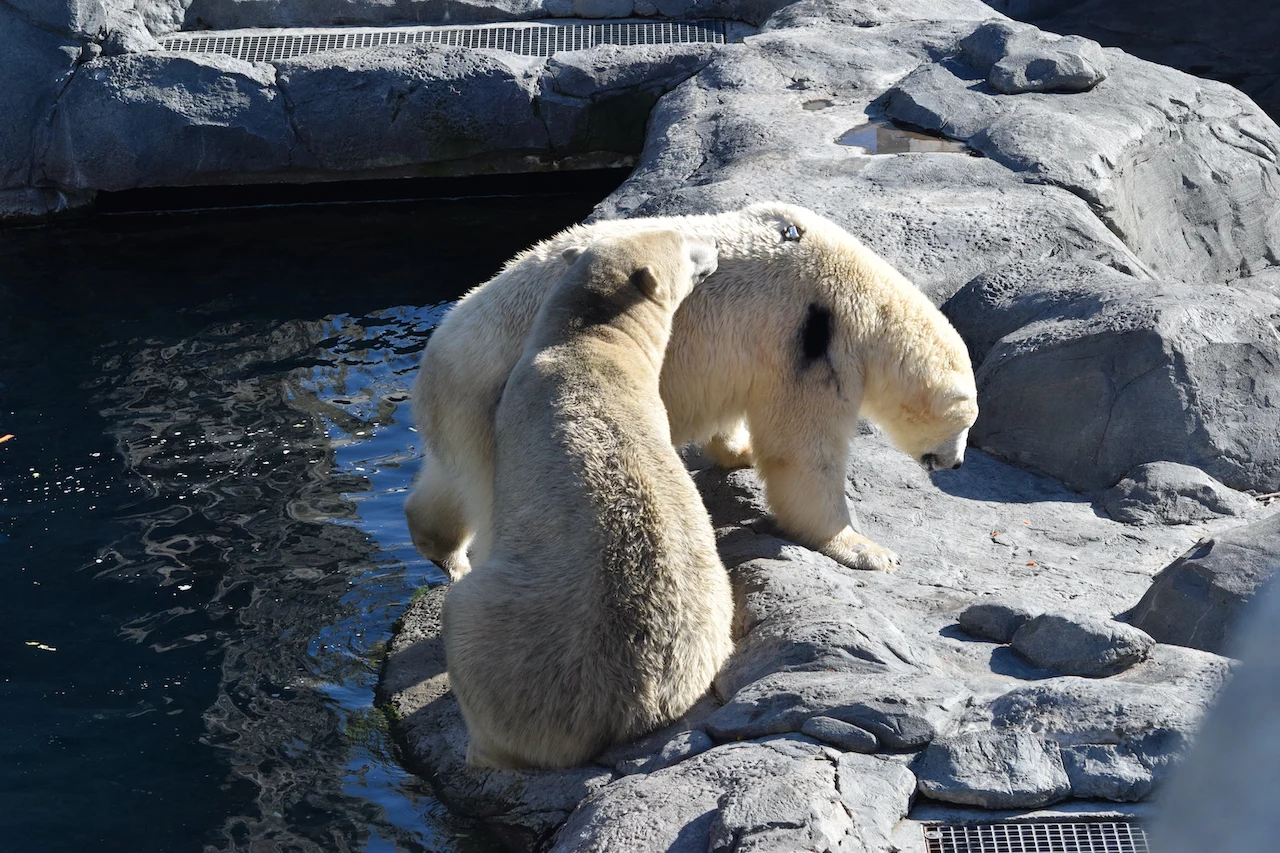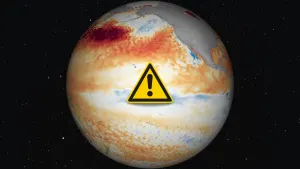
Why polar bears are walking around with coloured dots on their fur
Understanding fur growth patterns allow scientists to better explain stress levels, contaminant exposure and the nutritional status using hair samples collected from polar bears in the wild.
To find the missing gap in the understanding of hair growth on polar bears, researchers are dyeing parts of their fur with coloured dots so they can track the progress visually.
In a study led by scientists at the University of Washington and the U.S. Geological Survey (USGS), several polar bears are participating in the fur inquiry. The examination is being conducted in collaboration with the San Diego Zoo, Louisville Zoo, Assiniboine Park Zoo in Canada, Detroit Zoo, Oregon Zoo, Old Dominion University, Aarhus University and Centre College.
SEE ALSO: On the ground in Churchill: Polar bears fight for survival as ice disappears
Jenny Stern, a University of Washington graduate student who is co-leading the fur-dye study, spoke to The Weather Network in February 2022 about the ongoing research. The main elements scientists want to address are the quickness of their hair growth and when it occurs, she said.
“It’s pretty shocking that we don’t have this information, but [really] that was the inspiration. We’re missing this really basic question that is foundational to a lot of our wild polar bear research," said Stern. "A bunch of polar bear scientists came together and designed this study to answer it.”

(C. Breiter/Assiniboine Park Zoo)
After they are dyed with a coloured dot, the bears are given a label tracer (non-toxic biomarker) through their food. Scientists can then analyze where the tracer is in the hair to determine a growth rate and seasonal timing of hair expansion, along with the factors that affect these metrics such as food intake, nutritional condition, size, age, sex and environmental conditions.
"Even if you were to go to a salon and get your own hair dyed, eventually your hair is going to grow out and you’re going to start to see your roots," said Stern. "We’re using the same principle where we just measure the hair every couple of weeks and see how much their roots are showing, how much of the hair is undyed.”
SEVERAL BEARS DOTTED WITH DIFFERENT COLOURS
A total of eight polar bears have been utilized in the study over the past few years, but not all of them had purple spots -- some were dotted in brown or black colours. The bears involved in the examination are located at Point Defiance Zoo and Aquarium, San Diego Zoo, Assiniboine Park Zoo and Detroit Zoo.
"Zoos provide an incredible opportunity to ask questions about polar bears and ask questions we can't answer with their wild counterparts," said Stern.
She then elaborated through email that there is no significance with the dye colour chosen in the study. "It just needs to be dark enough to produce a contrast to allow the tracking of new hair growth. The purple is actually a blue-black hair dye that looks very purple when applied to transparent hair," said Stern.
WATCH: Developing the world’s first polar bear safe community
Understanding fur growth patterns allow scientists to better explain stress levels, contaminant exposure and the nutritional status using hair samples collected from polar bears in the wild.
“Going into this, we didn’t know whether dyeing their hair and using this label tracer would be reliable methods to get hair growth rate. We’re seeing that it is," said Stern. "Hair is an extremely important tissue for learning about polar bears. They’re really hard to access [since] they live in really remote areas that are hard to get to..."
EARLY RESULTS SHOW SOME CHANGES
At the time of the interview with The Weather Network, Stern said researchers already saw some differences in when the hair growth begins.

Dyed-fur polar bear. (San Diego Zoo Wildlife Alliance)
“All of that information we get from hair, which ranges from how stressed out the bear is, what has the bear been eating, how many pollutants and contaminants are in the bear’s body...we will be able to put a timeline on that and say when they are eating specific things or when their stress is the highest," said Stern.
"I've just been so grateful to be able to collaborate with scientists, zookeepers and people at all levels to answer those really big questions that a lot of people have been asking for a long time."
Thumbnail courtesy of C. Breiter/Assiniboine Park Zoo.
Follow Nathan Howes on Twitter.










